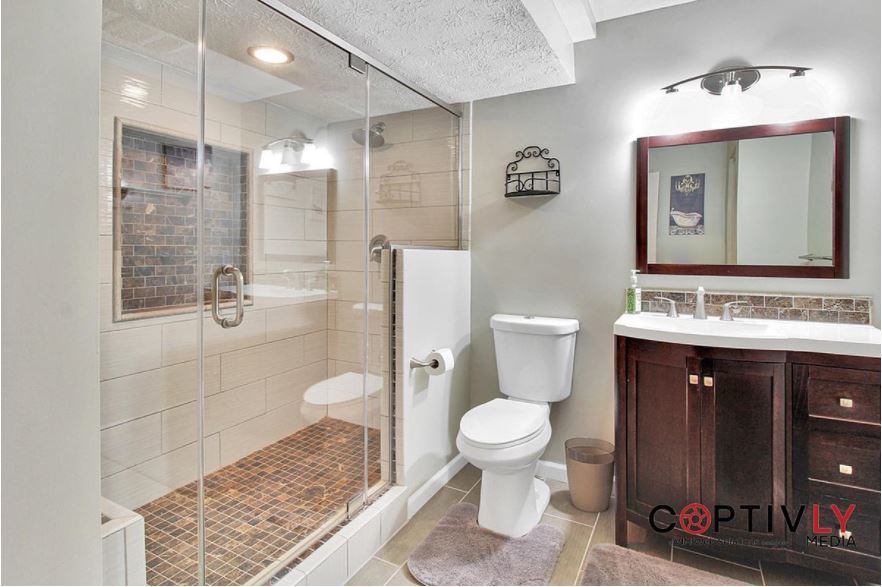A dirty and cluttered bathroom in Norfolk, Virginia in February 2021. Some families don’t even have that. Source – Yitzilitt, CC SA 4.0.
When they need to go to the bathroom, more than 1 million people in the United States must turn to chamber pots, school showers, and public toilets. Almost half a million households do not have basic indoor plumbing, new research has shown.
While some rural and indigenous communities have never had indoor plumbing, you may be surprised to learn that the vast majority of Americans “plumbered” live in urban areas – with one in three households in 15 Cities across the country, according to research by the Plumbing Poverty Project (PPP).
The Plumbing Poverty Project is a joint venture between King’s College London and the University of Arizona. The work is based on the community surveys of the US Census Bureau. The full analysis was released Monday in conjunction with the Guardian as part of a long-running series exposing America’s water crisis.
The researchers found that even in some of the richest cities in the country, renters and people of color were more likely to live in a house with no running water or flush toilets. The situation is particularly dire in San Francisco, California and Portland, Oregon.
Both cities are considered to be advanced technology centers on the west coast with a growing wealth gap and a homeless crisis. And San Francisco has more billionaires than any other metropolis except New York and Hong Kong, according to Wealth-X.
In San Francisco, nearly 15,000 families live in homes without adequate plumbing. That number has increased 12 percent since 2000, while the median price of a home has tripled. The data also showed that while black Americans make up 9 percent of the city’s population, they make up 17 percent of households with no indoor plumbing.
Captive twilight real estate photography captured in Cleveland, Ohio as part of real estate and corporate virtual tours in 2020. Source – Captivlymedia, CC SA 4.0.
Here’s an example: In San Francisco, Rosa Ramirez and her two daughters lived in a studio apartment for $ 2,300 a month until recently. Yellow water was coming from the tap on the sink and the toilet could not be used because it was not connected properly; her landlord wouldn’t fix it.
The family went to a nearby donut shop or coffee shop to use the restroom. When the pandemic started, the doors were closed to them. “It was unbearable,” said Ramiréz.
“The history of sanitary poverty in San Francisco is inextricably linked with priceless housing, falling incomes, transformations in California’s post-recession rental sector, and racist prosperity gaps fueled by a kind of ‘anti-black urbanism’ that has either propelled blacks in San Franciscans precarious or out of the bay, ”said Katie Meehan, senior researcher at PPP and professor of environment and society at King’s College London, according to The Hill.
Tenants in San Francisco make up less than half of households in the city’s metropolitan area, but nearly 90 percent of homes have no working plumbing, The Guardian reported.
The report also notes that cities like Milwaukee, San Antonio, Phoenix, Seattle, and Cleveland made little or no progress in improving plumbing problems between 2000 and 2017. All five of these cities have more than 3,000 households without proper plumbing.


Comments are closed.